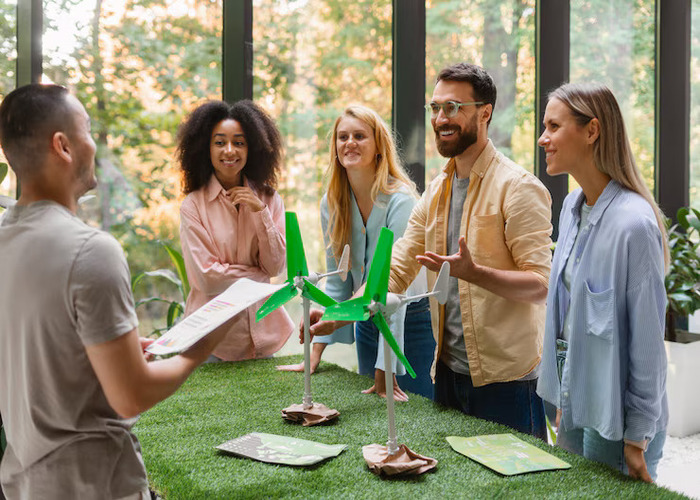Sustainable Teaching Practices: Small Changes, Big Impact

In instances where classrooms have become learning spaces, the emphasis on the quality of teaching has steadily moved away from the act of ‘transmitting the content’. Sustainability is no longer only about environmental studies in the contemporary academic environment; it applies to the pedagogical decisions we make that affect the long-term success of students, the well-being of educators, and the growth of the institution.
At Presidency School of Commerce, Presidency University, teaching for sustainability is seen as a complex task. It involves inclusivity, resilience, empathy, and strong academics. Teaching is not just about putting new ideas into students' minds. It is about helping them think for themselves, recover from setbacks, and find their own solutions.
An example of a sustainable pedagogical approach to assessment includes the use of low-stakes assessments and peer feedback led by students this semester. These activities have resulted in greater 'buy-in' to the course by students without the stress that end-term assessments involve. The then and now of classroom teaching is about more than rote learning today; classrooms today want instant application, collaborative effort, and dynamic learning. These strategies, based on the Outcome-Based Education (OBE) approach, aim to enhance the depth of content understanding and foster group work collaborations.
In addition, blended learning approaches, from the use of pre-recorded lectures to asynchronous components, helped to fill in learning gaps, specifically among first-gen and non-traditional learners. The ability of students to work through complex subjects at their own pace was especially effective in promoting autonomy and avoiding cognitive overload.
On the faculty side, sustainable teaching is also about protecting our own well-being. By delineating time-use requirements to manage my calendar effectively, blocking out dedicated research periods, and keeping a reflective diary of my teaching experiences, I have managed to maintain a workable balance between teaching, research, and personal commitments. Through these small, intentional changes, burnout can be lowered and engagement can be heightened in the classroom.
Sustainable teaching does not require sweeping revisions. It requires careful, persistent, step-by-step work, from flexible assessment to digital integration to empathetic communication. For us, this means not only following these practices as the pedagogical fiduciaries we are, but also investing in them as people who desire a more sustainable and just education in the future.
At Presidency University, quiet shifts in the academic landscape are altering education, one class, one shift, and one learner at a time.
Written by,
Dr. G. Sindhu, Assistant Professor
Presidency School of Commerce













 Rajanukunte, Yelahanka, Bengaluru, Karnataka, Pin: 560119, India
Rajanukunte, Yelahanka, Bengaluru, Karnataka, Pin: 560119, India
 +91 9022092222
+91 9022092222